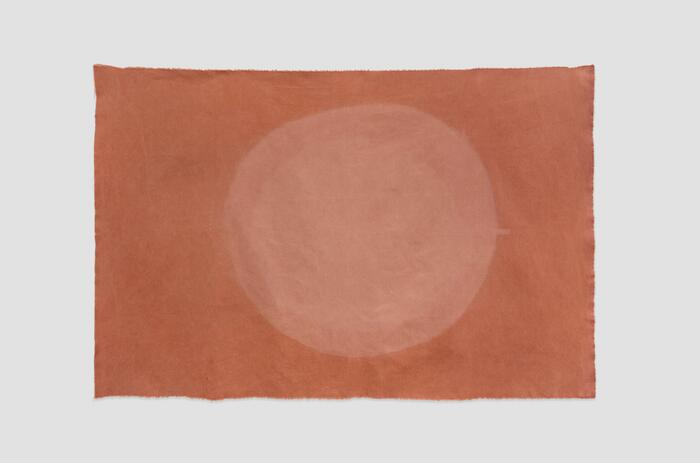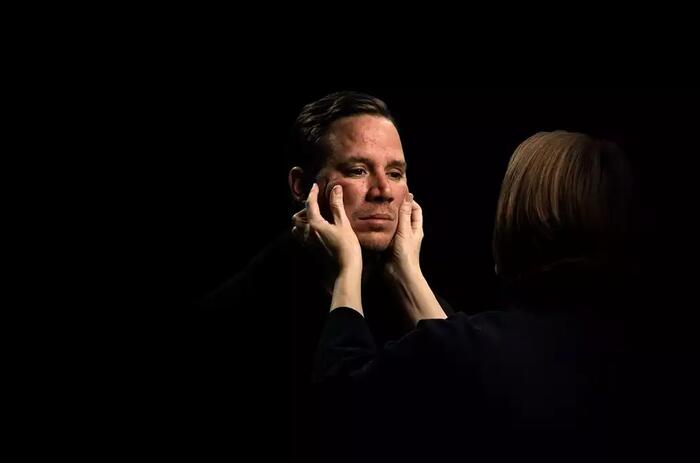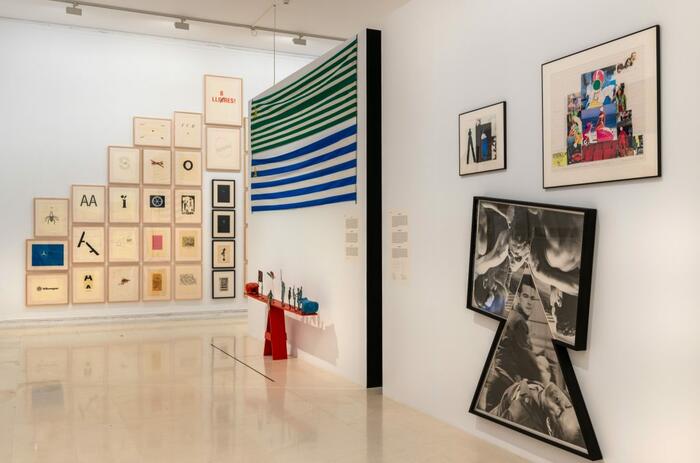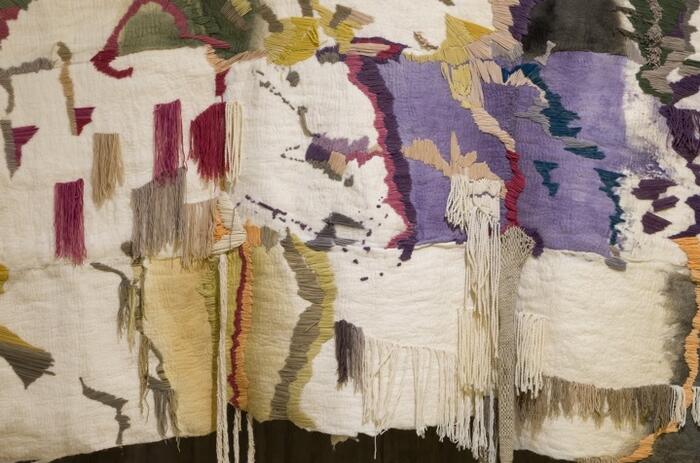BODY-HOUSE: DIALOGUES BETWEEN CAROLEE SCHNEEMANN, DIEGO BIANCHI AND MÁRCIA FALCÃO
The exhibition at Pivô not only celebrates Carolee Schneemann’s legacy but also expands on her ideas and proposes a dialogue between her works and two contemporary artists: Diego Bianchi and Márcia Falcão.
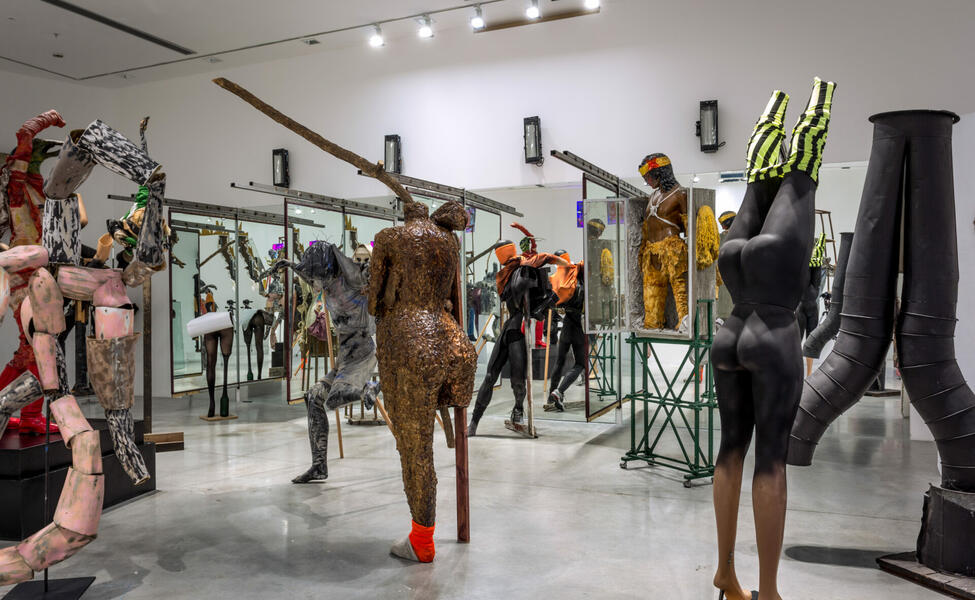
Curatorial text by Fernanda Brenner.
Schneemann was a visionary and influential feminist force, a protean artist and free spirit who inarguably helped define contemporary avant-garde through her multilayered and multimedia work. However, her long overdue inclusion in the canon of Western art history is not the topic of this exhibition. Instead, we aim to invite her restless mind and body back into the current conversation and share a space with the much younger but no less restless minds and bodies of Argentinian artist Diego Bianchi (1969) and Rio de Janeiro-based painter Marcia Falcão (1985).
The lines of Interior Scroll were once a critic but here they become a celebration of the poetic and political implications of ferocity and excess. The three artists, each in their way, embrace the art of tactility. Theirs is a kind of work that somehow gets to us bodily, cracks open the taboos of physicality and explodes in our faces what a civilized-sanitized-normative world works hard to suppress. To borrow a term used by Schneemann, they all pursue visceral kinetics, getting to the innards, to the inside out of bodies and things without ever giving up the complexity of their subjects.
-
Carolee Schneemann. Performance, Women Here and Now, East Hampton, NY, 1975. Ph: Anthony McCall
The Corpo-Casa (Body-House) was conceived as a synesthetic spatial-temporal collage of very different but same-temperature works. The exhibition site was, for two months, Diego Bianchi’s working space, in which his free-standing assemblages and spatial interventions emerged almost by spontaneous generation. Every day something different showed up at the space: severed plastic legs of second-hand mannequins, metal pipes, old socks, useless tech stuff… all sorts of rubbish made Bianchi’s rigorous cut. His cacophonous array of objects met with Schneemann’s moving image and Falcão’s large-size canvas and diligently negotiated their spot in the sinuous brutalist architecture they share.
Bianchi has employed various materials and scales throughout his career and traversed from three dimensions to two and back. Still, his methods and interests remain the same: “I am fascinated by how long things last, how we care for objects, and what we decide to preserve. I see it as a wish to slow down time”, the artist says. Schneemann somehow embraces the extended temporality mentioned by Bianchi in her moving-image works (some of them combining more than two years of collected footage), and Marcia Falcão does so in her brush’s unexpected trajectories and steadfast painting process. The Brazilian artist’s grandiloquent gestures swallow you whole like Schneemann’s work. The two women couldn’t be further in age and context but they meet in how they unambiguously display their desires without shame or sentimentality. Their working methods equally revolve around experimenting with the juxtaposition, superimposition, and fragmentation of bodies in space.
-
Márcia Falcão. Courtesy of the artist and Fortes D’Aloia & Gabriel, São Paulo/Rio de Janeiro. Ph: Gonzalo Gaudenzi
Through this improbable meeting, the exhibition space is turned into a shelter, a house, in which hegemonic social arrangements do not apply. For Bianchi and Schneemann, the house is the studio, and the studio is everywhere, as everything – and everybody – is material for examination. Falcão, in turn, sees the house and its surroundings as what shapes her ultimate subject: the racialized female body, more precisely, the female body that navigates the violent and patriarchal carioca suburbs in which she grew up and still lives.
Schneemann saw bodies as collages -not only made up of constituent limbs and parts but living vessels that carried and shaped (both consciously and unconsciously) images and expressions from the past, present, and future. Inside this madhouse we built following her lead, everything becomes potential collage materials. Cats roam free in infinite kisses, and bodies, things, and architecture merge as abstractions and wild movements are everywhere. Abundant painterly messes pile up in the space, dress up mannequins, and fill humongous canvas and celluloid dreams. These improbable entanglements stand as invitations to follow the three artists’ clues to eschew compositional logic and become an untutored-eye-body yourself.
-
El presente está encantador (the enchanting now), Diego Bianchi, 2017. Ph: Bruno Dubner
Together, the works on view form a testimony of cultural materiality, identity, and experience seen as the 20th century passes into the first decades of a hyperventilating, late-capitalist 21st century. They provoke us to think about how our times shape us –our living situation, our identities, our interactions, our choices (if any). With this in mind, nothing is ever taken for granted or as a given. At last, entering this body-house also means being willing to be led astray.

